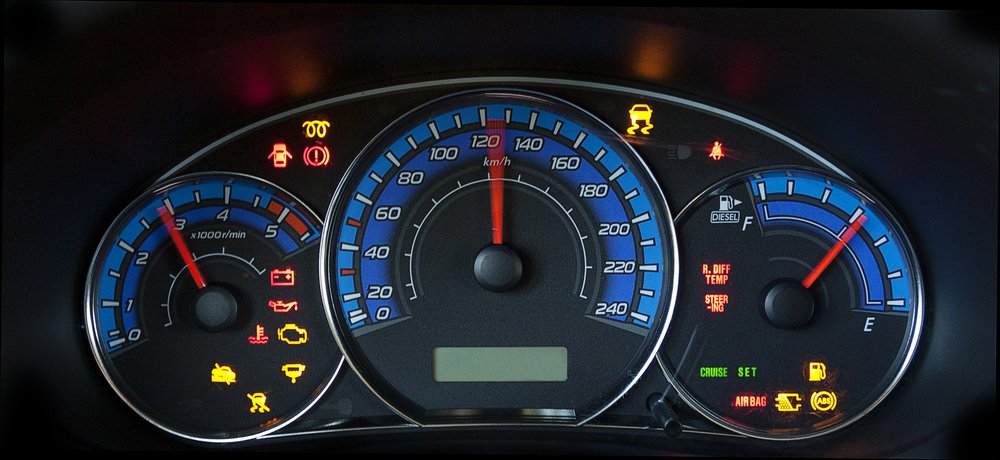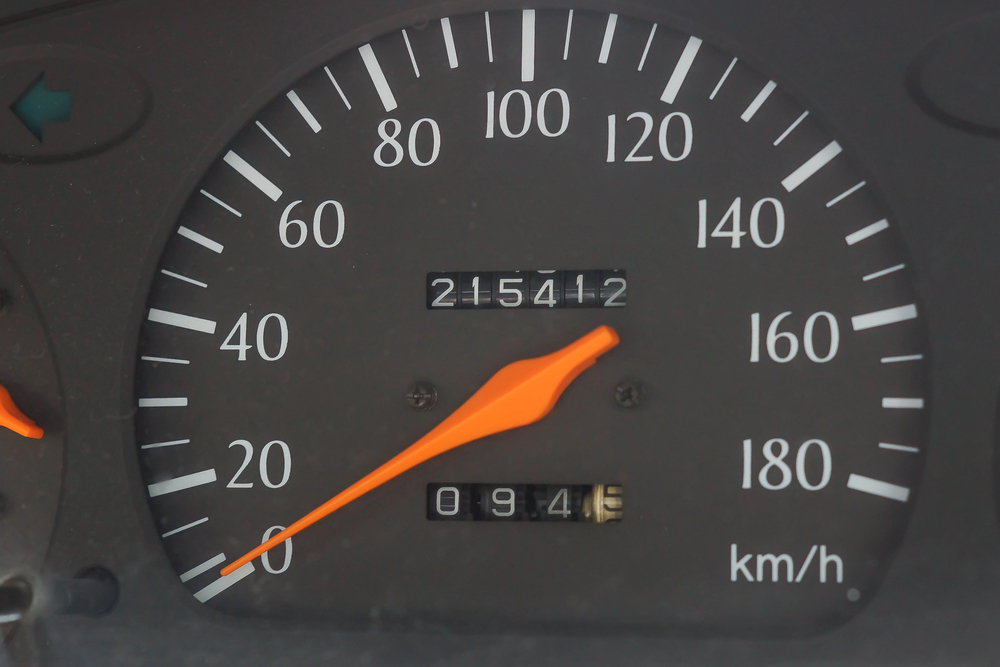
A recent survey has found that there are deficiencies in Canadian drivers’ understanding of dashboard warning lights.
The survey for Diono, a maker of children’s car seats, found that a significant number of Canadian drivers struggle to understand their vehicle’s dashboard warning lights, a confusion that could lead to dangerous situations on the road.
The study, which surveyed 2,000 Canadian drivers, aimed to assess how well they recognize and react to various dashboard symbols. Participants were asked to identify common warning lights, with some less familiar symbols included to test their knowledge. The findings suggest that as vehicles become more technologically advanced, driver education on dashboard literacy has not kept pace.
“Drivers understanding what the warning signs on their vehicles mean could be the difference between life and death, for you, your passengers or other road users,” said Tim Maule, CEO of Diono, “These warning signs are there for your safety and should never be ignored. If one comes on, don’t ignore it. If you don’t know what a warning sign means, either refer to your car manual … then seek expert mechanical help if appropriate.”
Confidence in dashboard literacy
When asked about their confidence in identifying dashboard warning lights, the survey revealed a wide range of responses, highlighting a notable gap in driver confidence.
Only 21 per cent of drivers felt extremely confident in their ability to recognize these symbols, while 29 per cent felt quite confident. A significant portion, 33 per cent, only felt moderately confident, and 14 per cent were slightly confident. Just 3 per cent of respondents admitted they were not at all confident in their ability to identify warning lights.
Handling of warning lights
The study also examined how drivers would respond if a warning light appeared on their dashboard and they were unsure of its meaning. The results showed a concerning number of drivers who might ignore potentially critical alerts.
Only 26 per cent of drivers said they would stop their vehicle immediately, demonstrating a cautious approach. Meanwhile, 39 per cent would seek help by calling someone or searching for the warning’s meaning online.
However, 25 per cent indicated they would head directly to an auto repair shop. Just 9 per cent said they would continue driving, hoping the issue would resolve itself.
A small fraction, 1 per cent, admitted they would ignore the light altogether unless something else seemed wrong.
Ease of symbol recognition
When asked whether they find the symbols on car dashboards easy to understand, the responses revealed that nearly half of the drivers struggle with symbol recognition.
While 49 per cent of drivers reported finding the symbols easy to understand, 21 per cent admitted they found them confusing, and 30 per cent were unsure whether the symbols were clear or not.
Ignoring warning lights
Regarding the likelihood of ignoring a warning light, a significant portion of drivers admitted they might overlook such alerts.
While 77 per cent of respondents said they were unlikely to ignore a warning light, showing some level of responsibility, 15 per cent admitted they were somewhat likely to do so, and 8 per cent said they were very likely to dismiss it outright.
The survey also revealed that nearly a third of drivers have ignored a warning light at least once. Specifically, 29 per cent of respondents admitted to having ignored a warning light, while 59 per cent claimed they had never done so, and 12 per cent were unsure if they had.
Among those who previously admitted to ignoring a warning light, a significant portion cited fear of repair costs as their primary reason. Specifically, 29 per cent said they ignored the warning light due to concerns about the potential costs involved.
Additionally, 26 per cent of drivers admitted they did not understand what the warning light meant, while 21 per cent said their car was still functioning normally, so they chose to carry on. Meanwhile, 19 per cent of drivers felt confident they knew what the warning meant and believed it was safe to continue driving, and 5 per cent were unsure of why they ignored the warning.
Image credit: Depositphotos.com
Related Posts
Comments
-
Sadly, no one actually reads the owners manual or makes any effort to familiarize themselves with their vehicle. The trend is to go to social media, ask a question and expect someone else to do the research for them.













Leave a Reply